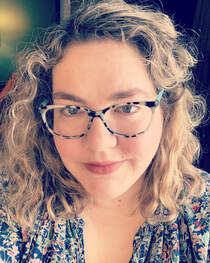 This month’s Industry Insider interview is with Jennifer Laughran, a Senior Agent at the Andrea Brown Literary Agency.
This month’s Industry Insider interview is with Jennifer Laughran, a Senior Agent at the Andrea Brown Literary Agency.
By way of getting to know her, here are two haiku embedded with things biographical.
Reads and reads and reads,
this Slytherin show-tune fan
and kids book maven.
“Books are in my blood.”
Runs the Literaticast.
Loves indie bookstores.
What more do you need, right? So, without further ado, let’s get to the interview!
(Though if you want more things Jennifer, the links below will serve you well.)
- Website: https://www.jenniferlaughran.com/
- Agency website: https://www.andreabrownlit.com/
- Podcast: https://podcasts.apple.com/us/podcast/literaticast/id1261036909
- Twitter: https://twitter.com/literaticat
- Tumblr “Ask the Agent”: https://www.tumblr.com/blog/literaticat
- Instagram: https://www.instagram.com/literaticat/
RVC: Let’s start with something I find intriguing. In addition to being an agent at the Andrea Brown Literary Agency, you have a second job, of sorts—at your local bookstore, Oblong Books & Music. What do you do there?
JL: It’s not really a mystery. I work in my neighborhood bookstore for a few hours on weekend mornings, unless I’m out of town at a conference or something. What do I do there? I… sell people books! And also help run the teen events. I’ve been a bookseller since I was 12, and I see no reason not to keep being one. I like being able to peruse all the new books coming in, and see what kids and parents are responding to on the shelves. Also, as an agent, I work from home, usually extremely long days, sometimes without ever leaving the house or speaking to anyone except online. So it’s nice to actually be forced to interact with people in real time.
(I definitely do NOT work there for the money. I’m a book addict and I’m certain I spend more at the bookstore than I make–but the employee discount is nice!)
RVC: How did being a bookseller since age 12 help prepare you for agenting?
JL: Being a bookseller is, in some ways, like being an agent. As a bookseller, I have favorite books that I’m an evangelist for. I also hand-sell–that is, I ask customers what they want to read, and I find great books that fit their needs.
As an agent, I have authors that I’m an evangelist for. I ask editors what they want to publish, and I find great books that fit their needs. It’s matchmaking, in both instances. Also, my many years in the bookstore gave me a head start at knowing a lot about how publishing works, what the different imprints publish, etc.
RVC: Confession time. I like Kate Messner’s work. A lot. And what do you know, you’re her agent! So, let me ask—which of her picture books has the most interesting idea-to-publication story?
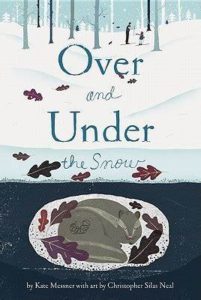 JL: This would probably be a better question for Kate, actually – by the time her books come to me, they are well past the “idea” stage. But maybe Over and Under the Snow?
JL: This would probably be a better question for Kate, actually – by the time her books come to me, they are well past the “idea” stage. But maybe Over and Under the Snow?
If I recall correctly, she wrote the original draft for the book on the back of a lunchbag at one of her kid’s field trips. And as you may know, it’s about the “subnivean zone”–which is the area in between the snowpack and the ground where animals chill out during winter. Well, I’m from California and had barely SEEN snow when she sent it to me so I was like “what”? And the editor is from California, as well, and she was like “subWHO zone”? But of course there is no arguing with a brilliant book, and we both quickly got on board the subnivean train.
That book went on to sell brilliantly and have many follow-up books about different animal habitats, such as Up in the Garden and Down in the Dirt, Over and Under the Pond, with more forthcoming!
RVC: I know you could answer this from the perspective of many of your clients (I’m looking at successes like Daniel Pinkwater, Gareth Hinds, and Erin Lange, to name just a few), but what does Kate Messner do well that keeps her cooking along in the world of kidlit?
JL: Aside from creativity and good writing, obviously, I’d say the qualities that most successful writers share are flexibility, openness and positivity. To use Kate Messner as an example: She is constantly coming up with new ideas, she is always willing to dig deep in revisions and pivot if something isn’t working, and while of course this business has low moments, she rolls with the punches and doesn’t get mired in negativity. You can have a lot of talent, but if you aren’t able to push forward and do the work, you won’t be able to have a successful career as an author.
Also, as with most successful authors, Kate’s a great communicator–not just on the page, but in life. From an agent’s perspective: I need my authors to feel comfortable asking me questions and telling me what they need. I can help you in a lot of ways–but I can’t read your mind!
RVC: Great advice! Now in your 10+ years of agenting, what has most surprised you?
JL: I don’t know if it’s surprising but… interesting? When I first started as an agent, everyone said that “Picture books are dead”–and now I’d say it’s a golden age of picture books. So, like fashion, everything is cyclical. If you’re writing a topic or genre or type of book that isn’t in fashion now, it could very likely come back into style if you stick around! 🙂
RVC: Let’s get numbery. How many submissions do you personally deal with in an average week?
JL: I probably get a hundred or so queries a week.
RVC: What are the first questions you have for submissions that—I’m guessing here, but I’ll bet I’m right—knock out more than half of them straight away?
JL: This was a bigger problem before I got the submission form that I use now. When it was email, I’d get twice as many queries where at least half simply weren’t in a category that I represent. Now that the form exists, it just doesn’t let you submit if you aren’t writing in a category I represent (unless you lie? But like… what’s the point of that?).
RVC: Something else you value in stories—you’ve said it’s a common thread in all of your favorite stories—is an “offbeat worldview.” What are a couple of examples that demonstrate what you mean here?
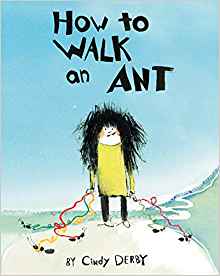 JL: What I mean by “offbeat worldview” is NOT BORING and NOT DIDACTIC; a story or point of view I haven’t read before. I’m more likely to gravitate to quirky, original-looking art rather than extremely commercial straightforward art. I’m more likely to appreciate stories that are surprising and funny rather than something with a Good Moral Lesson. My books reflect that taste. Some examples: Cindy Derby’s How to Walk an Ant, which is weird and funny and subversive, about a girl who is a professional Ant Walker. Sergio Ruzzier’s Good Boy, which takes a simple relationship between a kid and his dog to the next level. Maggie Tokuda-Hall’s Also an Octopus, which is a book about writing a book (and has a ukulele-playing octopus and a rocket ship made of waffles!)
JL: What I mean by “offbeat worldview” is NOT BORING and NOT DIDACTIC; a story or point of view I haven’t read before. I’m more likely to gravitate to quirky, original-looking art rather than extremely commercial straightforward art. I’m more likely to appreciate stories that are surprising and funny rather than something with a Good Moral Lesson. My books reflect that taste. Some examples: Cindy Derby’s How to Walk an Ant, which is weird and funny and subversive, about a girl who is a professional Ant Walker. Sergio Ruzzier’s Good Boy, which takes a simple relationship between a kid and his dog to the next level. Maggie Tokuda-Hall’s Also an Octopus, which is a book about writing a book (and has a ukulele-playing octopus and a rocket ship made of waffles!)
An example of “extremely commercial straightforward art” AND a “good moral lesson” is the Berenstain Bears. Hey, there’s nothing wrong with the bears, they’re popular, and I loved them when I was a kid–but they are pretty much the opposite of books I would choose for my own list.
RVC: Is the offbeat worldview in these books part—or most?—of what makes them unputdownable in your mind?
JL: Yes, being surprising and original and NOT BORING is a good recipe for being unputdownable.
RVC: What’s a recent picture book success story that you’ve been part of?
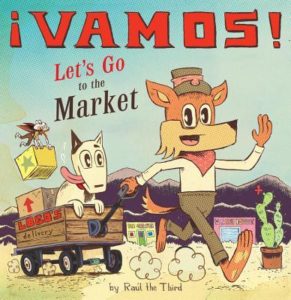 JL: Raúl the Third’s Vamos, Let’s Go to the Market was very well received this year. It’s a Richard Scarry-esque exploration of a border town mercado, with tons of awesome details in Spanish. I can’t take credit for the creation of the book in any way–that’s all due to Raúl’s genius! But I’m proud of the role I played in bringing it to the world–particularly now that it’s becoming a franchise, with two more picture books and a handful of board books and early readers signed up.
JL: Raúl the Third’s Vamos, Let’s Go to the Market was very well received this year. It’s a Richard Scarry-esque exploration of a border town mercado, with tons of awesome details in Spanish. I can’t take credit for the creation of the book in any way–that’s all due to Raúl’s genius! But I’m proud of the role I played in bringing it to the world–particularly now that it’s becoming a franchise, with two more picture books and a handful of board books and early readers signed up.
RVC: And with that, it’s time to move forward with … THE SPEED ROUND! 100mph questions and 200mph answers, please. Ready?
JL: I don’t know, but I’ll try.
RVC: Most surprising Twitter account you follow?
JL: I mostly follow friends, writers, book industry people, theatre people, activists, and cute animals. I don’t think any of those things are surprising.
RVC: The most unappreciated Slytherin member is ____________?
JL: All Slytherin are underappreciated, because the HP books are written with distinct Gryffindor POV bias.
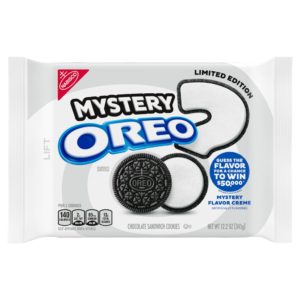 RVC: Mystery Oreos. Great snack, or the GREATEST snack?
RVC: Mystery Oreos. Great snack, or the GREATEST snack?
JL: Neither, by any metric, but it is a fun guessing game.
RVC: Favorite thing about the Andrea Brown Literary Agency?
JL: My smart and amazing colleagues!
RVC: Most vital social media for an agent?
JL: I don’t think any social media is “vital” for an agent. I personally like Twitter, but it’s optional.
RVC: Three words that describe your Dream Client?
JL: Talented, flexible, communicative.
RVC: Thanks so much, Jennifer! The next time we bump elbows at an SCBWI event, the first pineapple smoothie is on me.


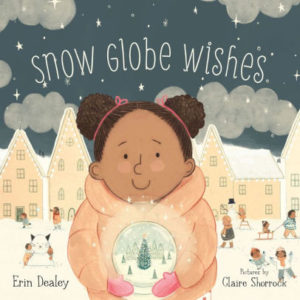
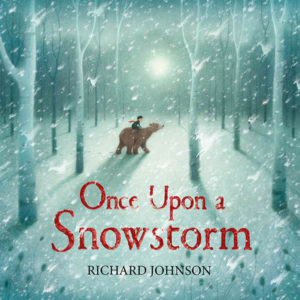
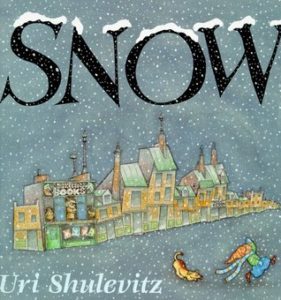
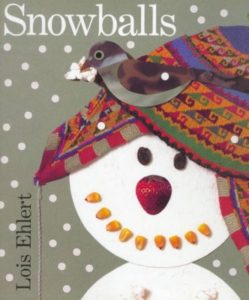
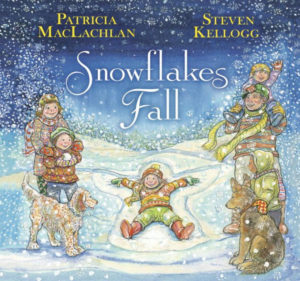
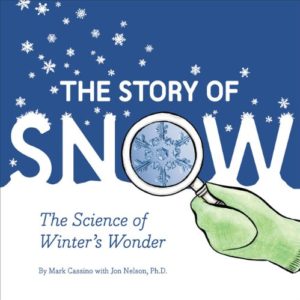
 This month’s interview is with author/illustrator Duncan Beedie, the first UK-based interview subject we’ve ever had at
This month’s interview is with author/illustrator Duncan Beedie, the first UK-based interview subject we’ve ever had at 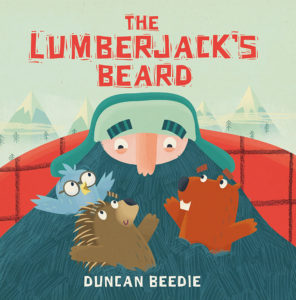
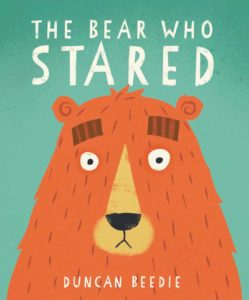
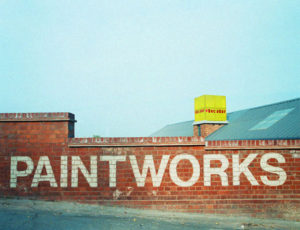
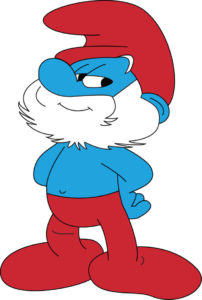
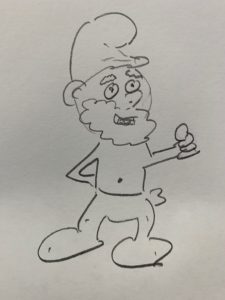
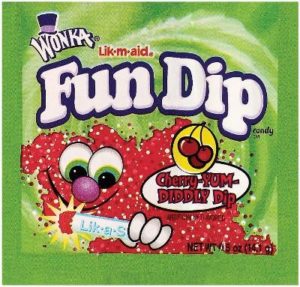

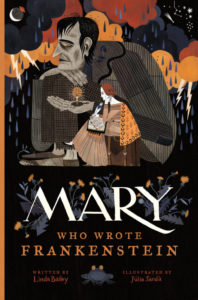
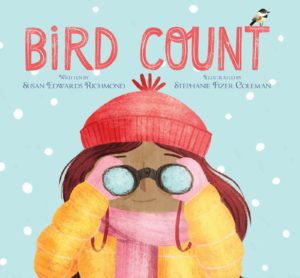
 Linda Shute is an illustrator, writer, and teacher living near Sarasota,
Linda Shute is an illustrator, writer, and teacher living near Sarasota,